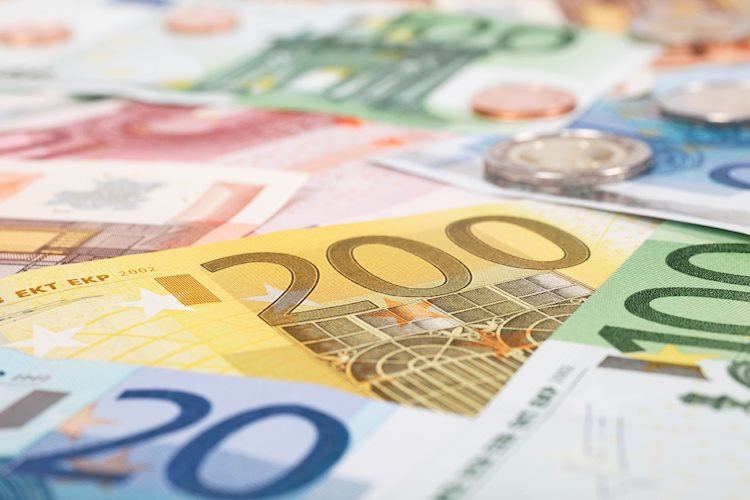The Euro (EUR) has shown signs of recovery after the recent ECB rate cut, but EZ/US spreads remain wide. Markets are predicting more easing from the ECB before the end of the year. Scotiabank’s Chief FX Strategist Shaun Osborne points out that the 2Y spread has dropped to –187bps, the widest since early July.
ECB Governor Villeroy has stated that the ECB should continue to ease policy ‘as appropriate’ while maintaining ‘total optionality’ at upcoming meetings. The EUR has been consolidating its losses from October, which saw a break below 1.10 support triggering a drop to the 1.08 area. The recent sell-off of the EUR appears to be stretched and may experience some relief in the short term if it can surpass minor trend resistance at 1.0850.
Despite the recent ECB rate cut, the Euro has shown signs of stability as it consolidates its losses from earlier in the month. The EUR may see a short-term relief if it can push above minor trend resistance at 1.0850. Firmer resistance levels are seen at 1.0900/10, while support remains at 1.0800.
Market experts believe that the recent sell-off of the EUR may be reaching a point of exhaustion and could see some relief in the near future. The Euro has shown signs of recovery after the ECB rate cut, with markets pricing in more easing from the ECB before the end of the year.
Despite the widening EZ/US spreads, the Euro has managed to stabilize and even show signs of a potential rebound in the short term. Market analysts are closely monitoring the EUR’s movements following the recent ECB rate cut, and are expecting more easing measures from the ECB before the year ends.
In conclusion, the Euro has managed to stabilize after the recent ECB rate cut, with markets predicting further easing measures from the ECB. The EUR has shown signs of recovery and may experience some relief in the short term if it can surpass certain resistance levels. Market experts are closely monitoring the EUR’s movements and are expecting more volatility in the coming weeks.











